Crops
-
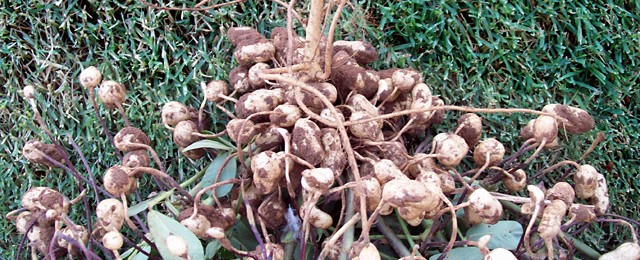
The rain this week may prevent peanut growers from getting out into their fields to start planting. Arguably, it’s a little early this year since 4-inch soil temperatures are only around 70 and are unlikely to warm up much under all the cloudiness and rain we are going to see for the next few days.…
-
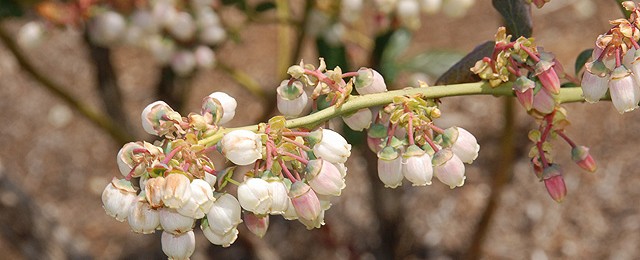
Allison Floyd of Growing Georgia posted an article on Thursday describing some of the agricultural effects that this winter and spring’s weather has had on crops around the state. You can find the article here. In the article a number of Extension agents and producers discuss the impacts of the late cold snap on fruit…
-

Peanut planting is about to get underway across many parts of the South as soil temperatures in south Georgia and Alabama generally rise above 70 F during the day and no cold weather is expected. In general, planting begins around mid-April once the threat of cold weather has passed, since peanut germination is poor at…
-
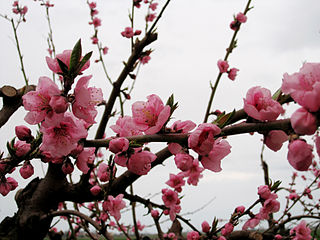
The Associated Press ran an article this weekend describing some of the damage to peach crops in central Georgia from the cold snap in late March. Jeff Cook, the Extension agent in Peach and Taylor Counties, noted that roughly a third of the peaches in 10,000 acres may have been lost due to the cold…
-
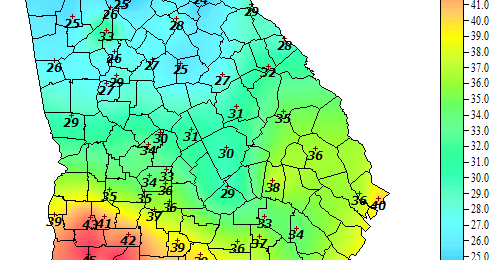
As predicted, freezing temperatures made it down to Macon and even farther south this morning. The map below from the Georgia Automated Weather Network at 7:30 am shows a broad area of cold temperatures covering most of the northern half of Georgia as well as some areas to the south. Fortunately, the southern part of…
-
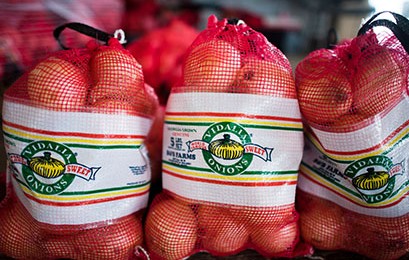
With the onset of spring, farmers are busy getting out into the fields and starting their planting. Variable weather across the nation has led to a variety of weather- and climate-related impacts on agriculture. Here are some links to stories on some of these impacts. AgWeb reported that soggy soils from heavy rains in the…
-

The National Weather Service has a new experimental product available which provides 6-day forecasts of evapotranspiration in a zoomable map format. A weekly total is also available. You can access this product at https://preview.weather.gov/graphical/. You can find the FRET daily values by looking under Agriculture at the bottom of the product pull-down menu on the top…